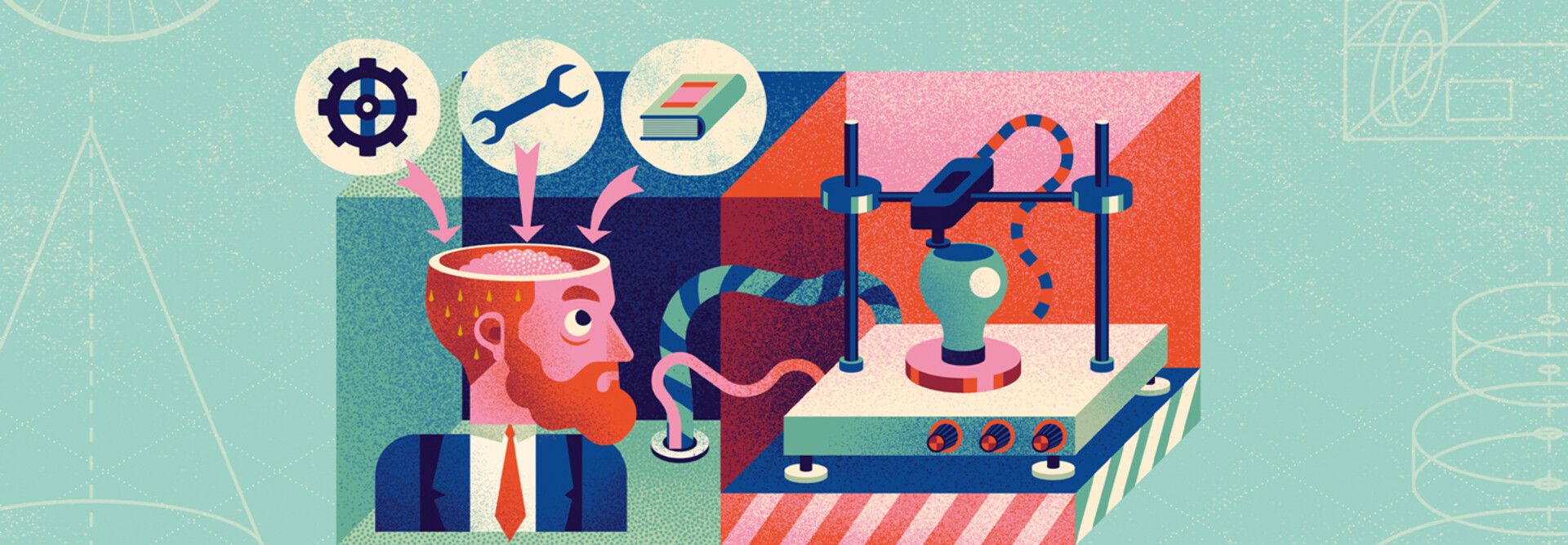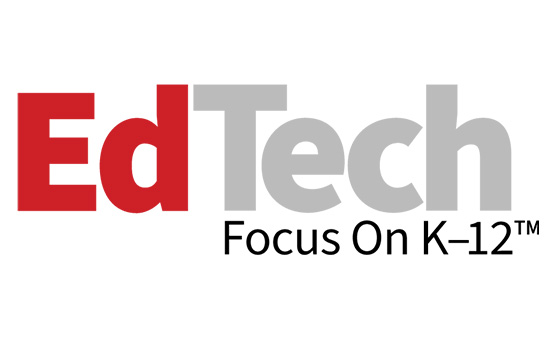Here are five key questions IT leaders and education teams should ask when designing K–12 makerspaces.
1. How Do We Prioritize Technology Investments?
Successful makerspaces happen when they are designed with a clear vision that aligns with the school’s learning goals. Educators should focus on anticipated student outcomes and curricular alignment. What do you want students to achieve? Will they be coding, engineering, designing or building? What materials best promote essential skills?
Remember, makerspaces don’t require the most expensive resources to provide meaningful experiences. There are great benefits to using low-tech tools including cardboard cutters, STEM kits and toy bricks, which can spark more creativity than more expensive gadgets. Roll out different tools to help manage costs and provide time to evaluate the impact.
READ MORE: Blend high- and low-tech materials in your makerspaces.
2. Is Our Infrastructure Prepared To Support New Technology?
With all of the technology available, makerspaces require robust infrastructure to support the various systems in use. Some things that IT teams should assess include:
Electrical Capacity: Can the current electrical system handle equipment such as 3D printers, laser cutters and multiple charging devices?
Network Bandwidth: Will students be uploading video projects or connecting multiple Internet of Things devices at once? Evaluate both Wi-Fi strength and data limits.
Storage and Security: Where will the equipment be stored safely? Where will student files be saved? Consider the security of these spaces.
3. How Can We Upgrade or Refresh Existing Technology?
Take time to look at older equipment to decide if an upgrade is an option or if it can be repurposed for the makerspace. Even older laptops can be used for coding. Devising an ongoing plan to replace or refresh technology is important.
EXPLORE: Infrastructure modernization boosts efficiency.
Some equipment, such as 3D printers, requires regular updates or part replacements. Explore options such as grant funding, partnerships with local businesses or tech companies, and school fundraising initiatives to acquire new equipment or make necessary updates.
4. Will Maintaining This Technology Further Burden Our IT Team?
There is an additional burden that comes with a makerspace, and it is essential to consistently review tools and resources and have a plan in place for obtaining and maintaining equipment. Technology-rich makerspaces can bring new maintenance challenges, whether due to firmware updates and software patches or repairing broken equipment and managing student accounts. To avoid additional burdens, choose reliable tools, invest in teacher training and standardize platforms where possible.
Here are some suggestions to avoid additional burdens:
Choose reliable tools. Invest in student-friendly tools that offer reliable customer support and are known for their durability in educational settings.
Train teachers. Empower select teachers with basic troubleshooting skills to assist with minor issues.
Standardize where possible. Choose consistent platforms, such as the same brand of tablets or design software, to streamline support and minimize compatibility issues.
UP NEXT: Optimize your K–12 device ecosystem with an expert-led management strategy.
5. Is Professional Development Needed To Support These New Tools?
A makerspace without trained educators can quickly become underused or mismanaged. Teacher buy-in and confidence are essential to its success. Offer professional development that focuses not only on tool use but on integrating makerspace experiences into instruction. The goal is not to turn every teacher into a tech expert but to empower them to guide student learning through creativity, exploration and innovation.
Some ideas include:
- Workshops on design thinking, digital fabrication or project-based learning
- Peer coaching and collaborative planning sessions
- Online courses and microcredentials from organizations such as ISTE
Remember, the goal is not to turn every teacher into a tech expert but to empower them to guide student learning through creativity, exploration and innovation.
Creating a K–12 makerspace is an excellent way to spark curiosity, promote collaboration and engage students in real-world problem-solving. For a sustainable space, schools must focus intentionally on strategy, not just tools. With the right infrastructure, a solid support plan and an aligned vision for student impact, a makerspace will truly inspire and engage all students and the school community.











